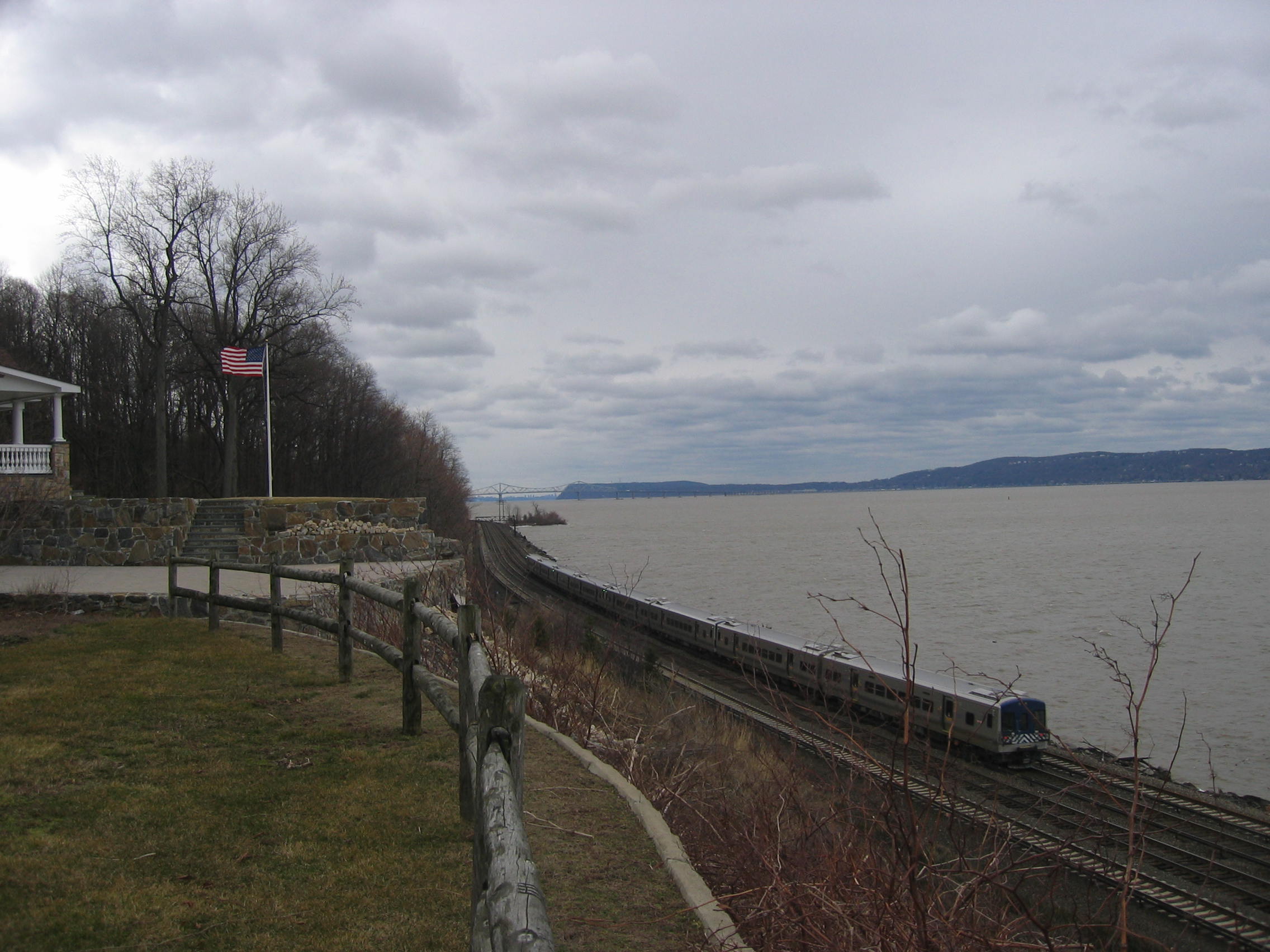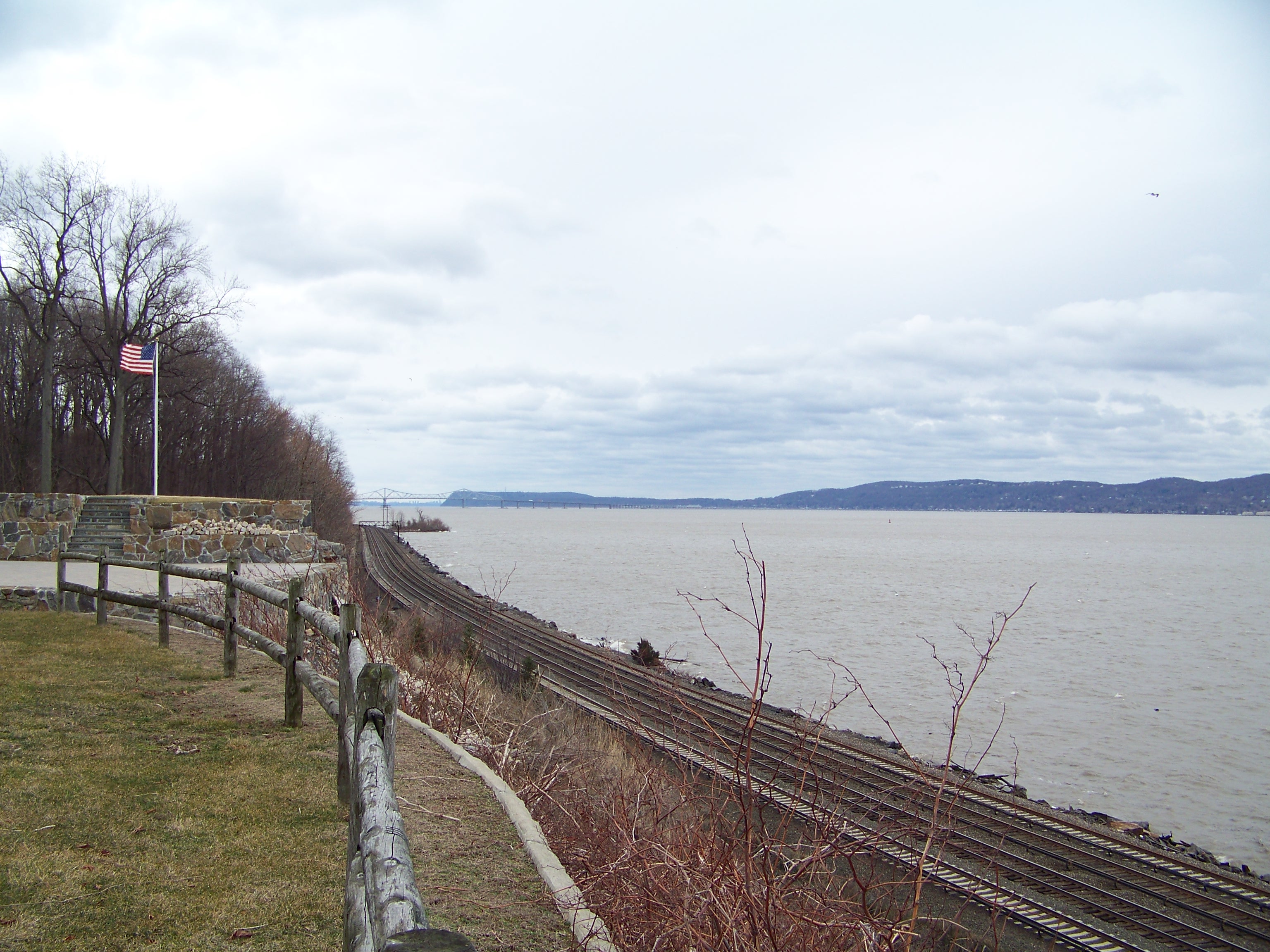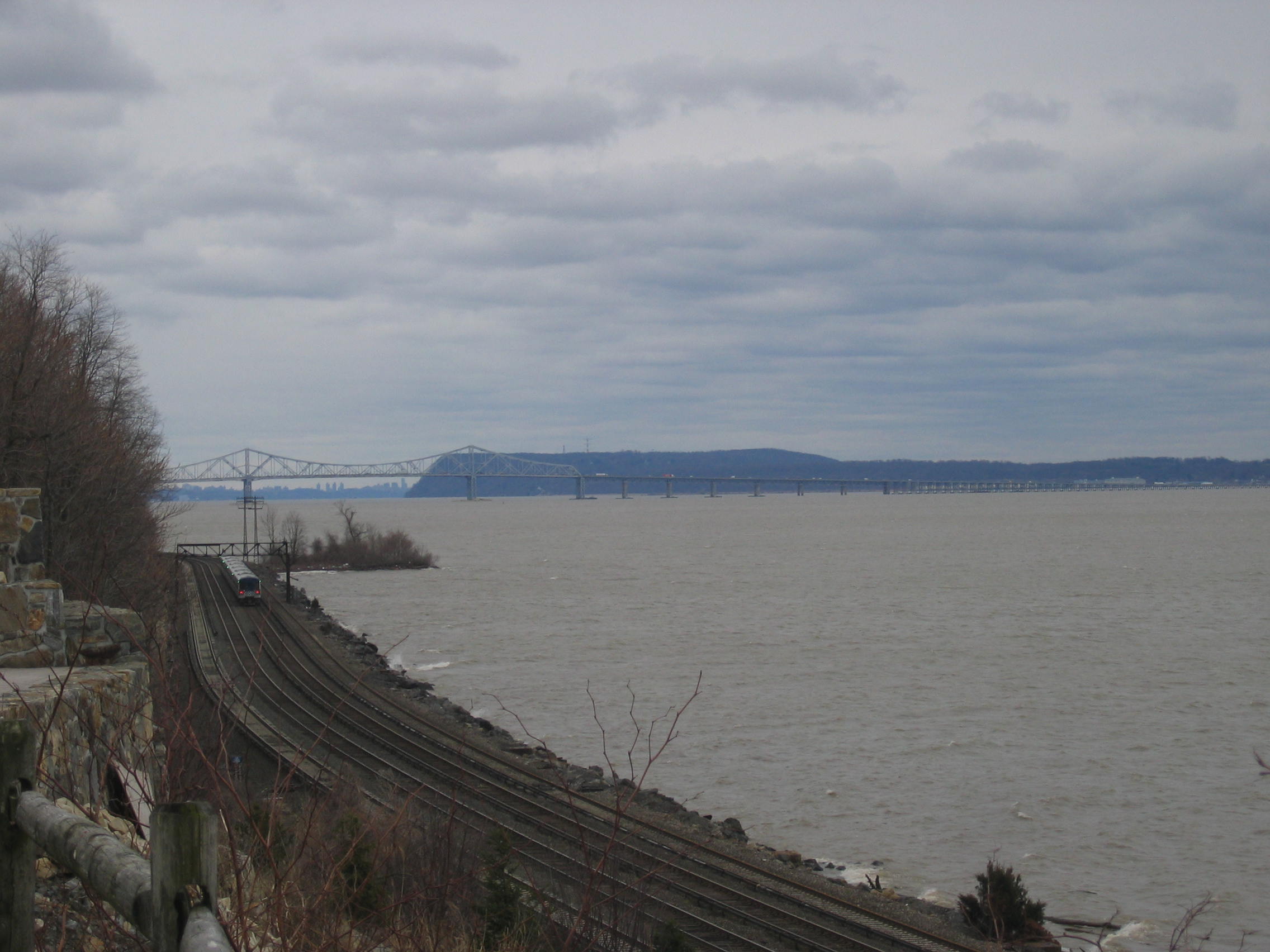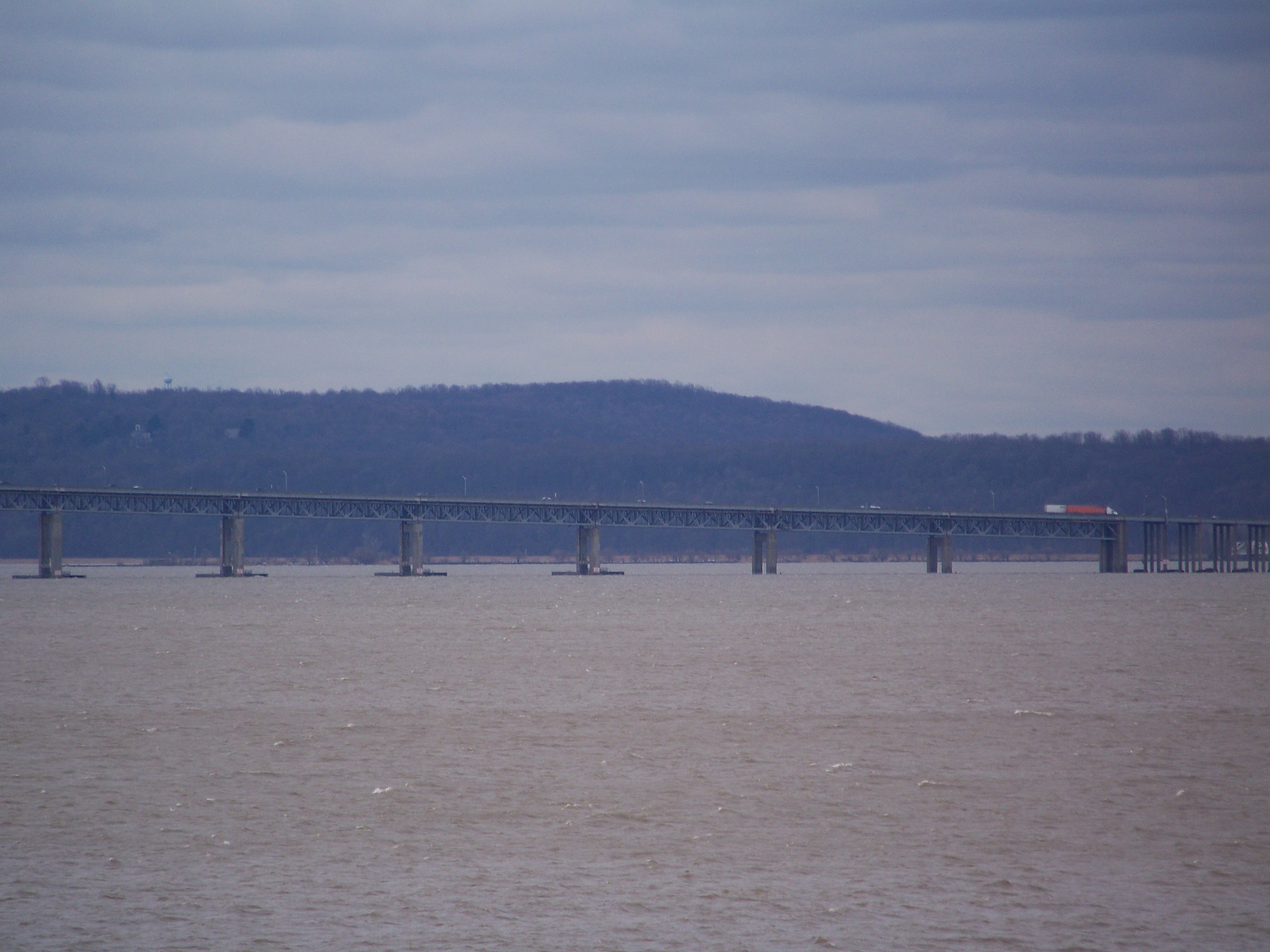 Send to Kindle
Send to KindleLois is photo-biographer and always has been. Way before digital cameras were available, Lois was buying 36mm film by the truckload. Our godchildren can attest to the thousands (or is it millions) of times that they have been asked (yes, I’m being polite!) to pose for yet another photo.
Things got better in the digital age for Lois. the cost of film disappeared. The convenience factor of always having a pocketable camera on you, with unlimited picture taking was great. All that is gravy to the single best innovation, the trivially easy ability to share these photographs in emails, on the web, editing them (red eye removal, cropping, lightening/darkening), backing them up, etc.
She can now take 10 pictures of one thing in the belief that even if nine of them stink, one will likely be worth saving. Not that she didn’t do that with film, but now there’s no guilt. 😉
A few years ago I bought Lois a Canon PowerShot S410. The 410 part means it’s a 4.1 megapixel camera. It takes reasonably good pictures, and is easy to operate. It has lots of user adjustable settings, but for the most part, Lois is not a techie (computers or photography) and the automatic settings are best.
She’s been pretty happy with it overall, but occasionally, she complains bitterly about the time it takes for the flash to be ready for another photo, or the shutter to react (she takes tons of photos while we drive on the highway). Over the past year, the complaints have gotten worse, even though she still captures some stunning shots with that old camera.
Her single biggest complaint is that it takes poor night shots. She takes tons of photos in concert halls (no flash permitted) and of the night sky. They come out (as you may have seen on my music posts where all the photos were taken by Lois) but they are disappointing in their quality.
A few months ago, I noticed that Geeks.com was running a special on the Kodak Z712IS. The link I just gave for the camera is not on sale, so don’t rush out and pay that amount. Even though the Z812IS (eight megapixels instead of seven) was already out, and now the Z1012IS is either out or already announced, I was happy with the 712 (you can read tons of articles, in particular by David Pogue of The New York Times) on why more megapixels isn’t always better.
Anyway, I procrastinated for a few months, and then Geeks.com ran a slightly better special, and I finally decided to surprise Lois with this camera. I knew it would not replace her current Canon S410 because the form factor would not have her running around with it all the time. But, I had hoped that the 12x optical zoom, plus image stabilization (the IS part of the model name) plus hopefully better night shots, would make this her preferred camera for shots taken from our house, which is where she takes the most pictures.
I added a high speed 4GB SDHC Memory Card ($20.50 at the time, cheaper now!). With $9.00 in shipping charges the total came to $204.49 (camera, memory card and shipping).
The first thing that shocked me when I opened the camera was that it was way smaller (in the good sense) than it appeared in the pictures. While it has the style of a larger SLR type of camera, it’s quite smaller than those (typified by the Nikon D100 for example). But, it’s significantly heavier than the S410, so it’s still not going to replace it for Lois to always have with her. It’s also bulkier than that (won’t fit in any kind of pocket).
The second shock was of the negative kind. The camera ships without a rechargeable battery. Huh? If you had asked me to guess how many digital cameras available today shipped with a non-rechargeable battery, I would have honestly guessed zero! Obviously, I would have been wrong. This wasn’t as clearly marked in the ads as I would have liked either.
According to reviews, the included battery back would be good for roughly 275 photos. That’s about 10 minutes of usage for Lois (just kidding, but not by that much). 😉
Given the price of the camera, I wasn’t actually as annoyed at the lack of the charger plus appropriate battery pack, but at not knowing it in time to have ordered it to arrive with the camera.
So, digging way too much (I’m not so much of a bargain hunter as I am someone who hates to reward those that overcharge!), I decided there was no way I was paying for a Kodak branded charger and battery pack. After much searching, and wanting it to arrive reasonably quickly (the best deal was from a seller on EBay who is based in Hong Kong!), I bought two of these batteries and one charger from Eforcity.com. I had bought from them before (through an EBay auction, not directly like this time) and was very pleased with the product and quick shipping.
Total for the two batteries, charger and shipping was $40.96. It arrived four days later, very good service, and the charger worked perfectly.
When I loaded the Kodak software on to Lois’ laptop, it asked if it could import her existing photos into its library. We said yes. It found 19,986 photos to import. I don’t know if that’s impressive or not (compared with the rest of you photophiles out there), but it impressed me. 😉
One last thing before comparing the first photos taken by the camera. The full manuals are available in PDF online (and obviously, can be downloaded to your laptop). Excellent documentation (a minor surprise these days), with very clear instructions on how to use the myriad features available on the camera.
Today, I finally went to our backyard and took exactly two photos with the new camera. I took the same two photos with the Canon S410 as well. Normally, I both crop and reduce the resolution on nearly every photo that I post here, keeping them as small as possible. For this one test, I will not touch the photos in any way, so that you can get the raw (well jpeg actually) experience from the two cameras. That means that the photos are larger, especially the 7-megapixel ones from the Kodak.
Here are two shots of the Tappan Zee Bridge from our backyard. Both shots are with zero zoom. The bridge is four miles away. The first photo is the Canon, the second the Kodak. Click on either photo to see the full image:
The next two shots were taken from the same spot, but this time with the camera on maximum zoom. It occurs to me now that a long time ago I set the Canon to never zoom digitally, but I don’t know if I allowed the Kodak to go beyond the 12x optical zoom. If I did, then that would be a bad test, because adding digital zoom makes photos much grainier:
A few things to note. While the LCD on the back of the Kodak is dramatically larger, it was hazy (but very bright) outside, and I could barely see what I was pointing at! The viewfinder wasn’t turned on by default. I didn’t feel like poking around to turn it on, so I just aimed and shot. The zoom on the Kodak is simply incredible (which is the primary reason I bought it to begin with!). I didn’t even get the majority of the bridge into the single shot! Of course, I’m really hoping I didn’t accidentally over-zoom and use optical+digital at the same time.
Finally, the non-zoomed shot from the Kodak is dramatically brighter. That could simply be more megapixels, or it could be newer sensors. Either way, with only two pictures under the belt of this camera, the story is far from told. Now we have to see whether Lois takes a shine to it or not. This post is sort of meant to goad her into taking better photos than these. 🙂
P.S. Just for completeness sake, here are two final photographs that are both cropped, slightly brightened (the Canon more than the Kodak) and filtered down in resolution. They are tiny (the Canon one is 10KB and the Kodak is 23KB) which is how I normally adjust photos that I post here:




Leave a Reply